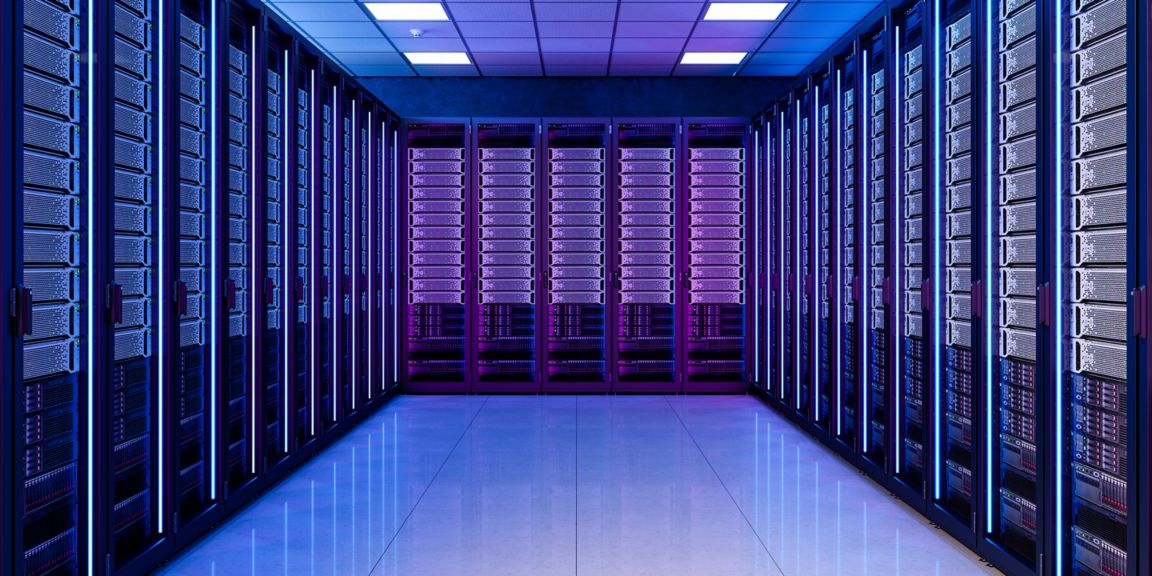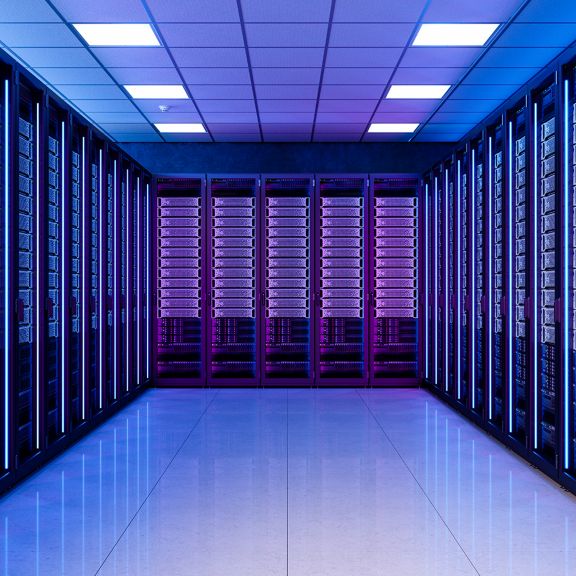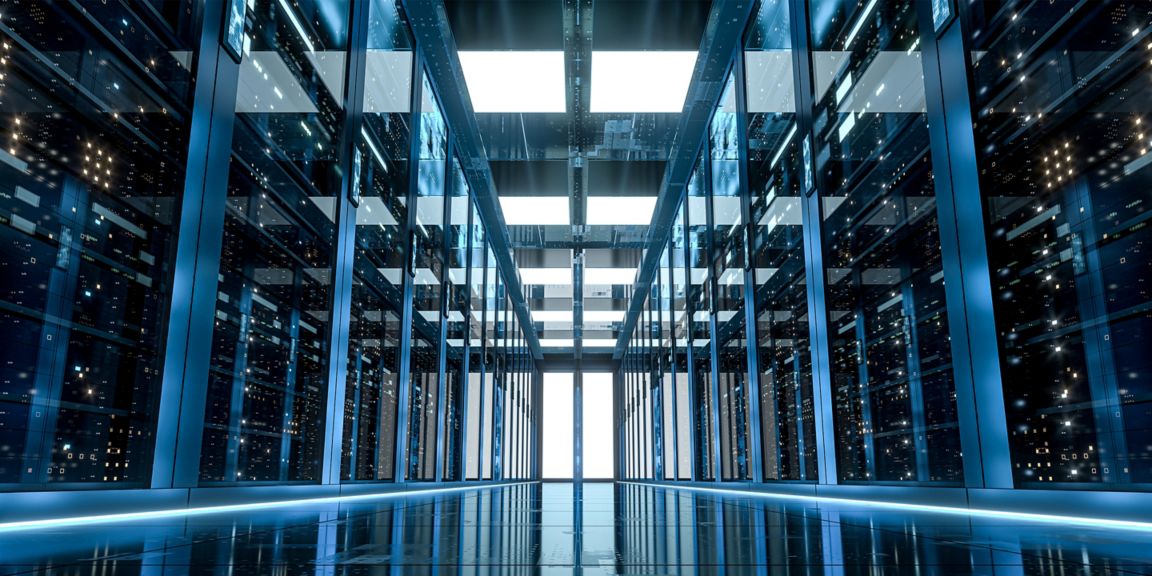-
 Location
Location-
Asia Pacific
-
Europe
-
Middle East
-
North America
- |
- Contact
- |
-
Currency:Localize your Content
You can set your preferred currency for this account.
Choose a Currency
Currency- CHOOSE YOUR CURRENCY
Update Currency
Changing Currency will cause your current cart to be deleted. Click OK to proceed.
To Keep your current cart, click CLOSE and then save your cart before changing currency.
-
Select Account
Switching accounts will update the product catalog available to you. When switching accounts, your current cart will not move to the new account you select. Your current cart will be available if you log back into this account again.
Account# Account Name City Zip/Post Code CANCELPROCEEDMy Account
-
Industries
Industries
-
Airports
Honeywell provides a single point of control, including customized software and automation
-
Commercial Buildings
Integrate automation for climate control, fire, life safety and access control systems on one screen
-
Contractors & Specifiers
See how Honeywell automation technology can meet the needs of contractors and consultants like you
-
Data Centers
Integration and automation help optimize uptime, reduce costs and achieve sustainable operations
-
Education
Custom capabilities and automation to improve campus safety, energy efficiency, emergency systems
-
Government & Military
We have helped agencies around the world with smart building automation and technology
-
Healthcare
Connect systems and staff to technology and automation to enhance safety, awareness, performance
-
Hospitality
Intelligent automation to connect to guests via better experiences, greener technology, secure data
-
Industrial & Manufacturing
Reduce costs, improve sustainability and worker safety with custom capabilities and automation
-
Justice & Corrections
Help reduce costs, manage risk and incidents more effectively, enable rehabilitation with automation
-
Retail
Use integration and automation to optimize an entire operation, from two buildings to two hundred
-
Smart Cities
Integration and automation to improve urban mobility, waste management, emergency services, lighting
-
Rail and Metro
Technology to make metro and rail safer, more secure and sustainable
-
Airports
-
Automation Solutions
Automation Solutions
-
News & Media
- Cybersecurity Requirements for Healthcare Organizations
- Upgrade Healthcare Facility Operations with Technology
- Leverage Automation to Optimize Workflows and Procedures
- From Reactive to Proactive: Streamlining Maintenance for Optimal Building Performance
- Five Signs Your Building Management System Needs an Upgrade
- Atlanta Hawks and Honeywell Announce Winners Of Arena Of The Future Challenge
- Building Technologies’ Role in Improving QSR Operations
- Why cybersecurity is now table stakes for building operators
- Manage building assets to help better control energy costs
- Boost energy efficiency through better asset utilization
- Localization is critical in the journey to better energy efficiency
- Anything but basic – why the foundational steps of energy management matter
-
 Location
Location-
Asia Pacific
-
Europe
-
Middle East
-
North America
- |
- Contact
- |
You are browsing the product catalog for
You are viewing the overview and resources for
- Our Stories
- Taking a Holistic Approach to Prepare Your Data Center for the Future
Taking a Holistic Approach to Prepare Your Data Center for the Future
The data center industry is having a moment. Increased demand to collect and process data driven by changing consumer habits and changing business needs means the sector is projected to continue its fast-paced growth. From online shopping and remote work to cloud-based applications and generative AI, data centers help enable the global economy and cultural shifts.
Along with rapid acceleration, the industry is facing increased scrutiny from regulators, investors and customers to drive down their carbon footprint and reduce energy consumption.
How data center operators strategize to meet these demands can mean the difference between success and failure. So, holistic, strategic planning – and adaptability – are musts.
A holistic approch from the ground up
Data centers use a lot of energy. For perspective, the largest facilities can consume as much power as a city of a million people. Data centers as a whole contribute around nearly 1% of green house gas emissions , making it critical for the sector to drive down its energy consumption. It’s not just about the daily operations of a data center that impacts the ability to reach energy and carbon reduction goals – it’s the entire lifecycle of the facility from location identification, construction, operations and decommissioning.
Reducing the environmental impact of data centers starts with construction, baking in best practices from the drafting table. This includes choosing the optimum location for a new data center development to the reduction of embedded carbon in building materials and intelligent sourcing.
It also means identifying reliable, affordable and more environmentally power sources that can keep up with the industry’s 24/7 operations. Data centers need to think about both the IT and OT operations and deploying smart building management strategies and controls can help achieve power usage effectiveness (PUE) targets.
When it comes to decommissioning a site, data center operators need to have a plan for how they can help to reuse, refurbish and recycle equipment to further support sustainability efforts. Using refurbished or used equipment in a facility’s operations isn’t just kinder to the environment, it can also potentially be a cost-effective approach.
As data center planning takes place, it’s essential for different perspectives to be considered in the process, including that of the chief sustainability officer. This practice is becoming more common in the industry today.
Managing challenges through an intergrated soltuion
With such rapid growth in the industry, data centers are also facing the need to do more with less. Today, the industry is experiencing a need for more qualified employees to address growing operational and reporting requirements. The good thing is that the tools needed to help fill this gap already exist.
A building management solution can offer data center managers an integrated approach that enables them to digitalize, aggregate and analyze data from OT and IT subsystems, helping create greater efficiencies in facilities without increasing headcount.
Honeywell offers an end-to-end solution to cover all of your needs
At Honeywell, our experts are available to help with end-to-end data center lifecycle planning and maintenance so that customers can focus on more strategic initiatives that can help drive business growth. Our suite of solutions feature tools that can help optimize uptime, improve resiliency, support sustainability and increase efficiency as well as support safety and security efforts. Connect with one of our experts today to learn more about our data center solutions.
[i] Yale, Energy Hogs: Can World’s Huge Data Centers Be Made More Efficient, Fred Pearce, [Accessed June 29, 2023], April 2028
[ii] Tech Target, Assess the Environmental Impact of Data Centers, Jacob Roundy, [Accessed Aug. 28. 2023], July 2023
Contact Us
Copyright © 2025 Honeywell International Inc.
Maximum File Size
Maximum Files Exceeded
You cannot access this page as this product is not available in your country.
Compare X Products
Clear All
X of 5 products to compare




